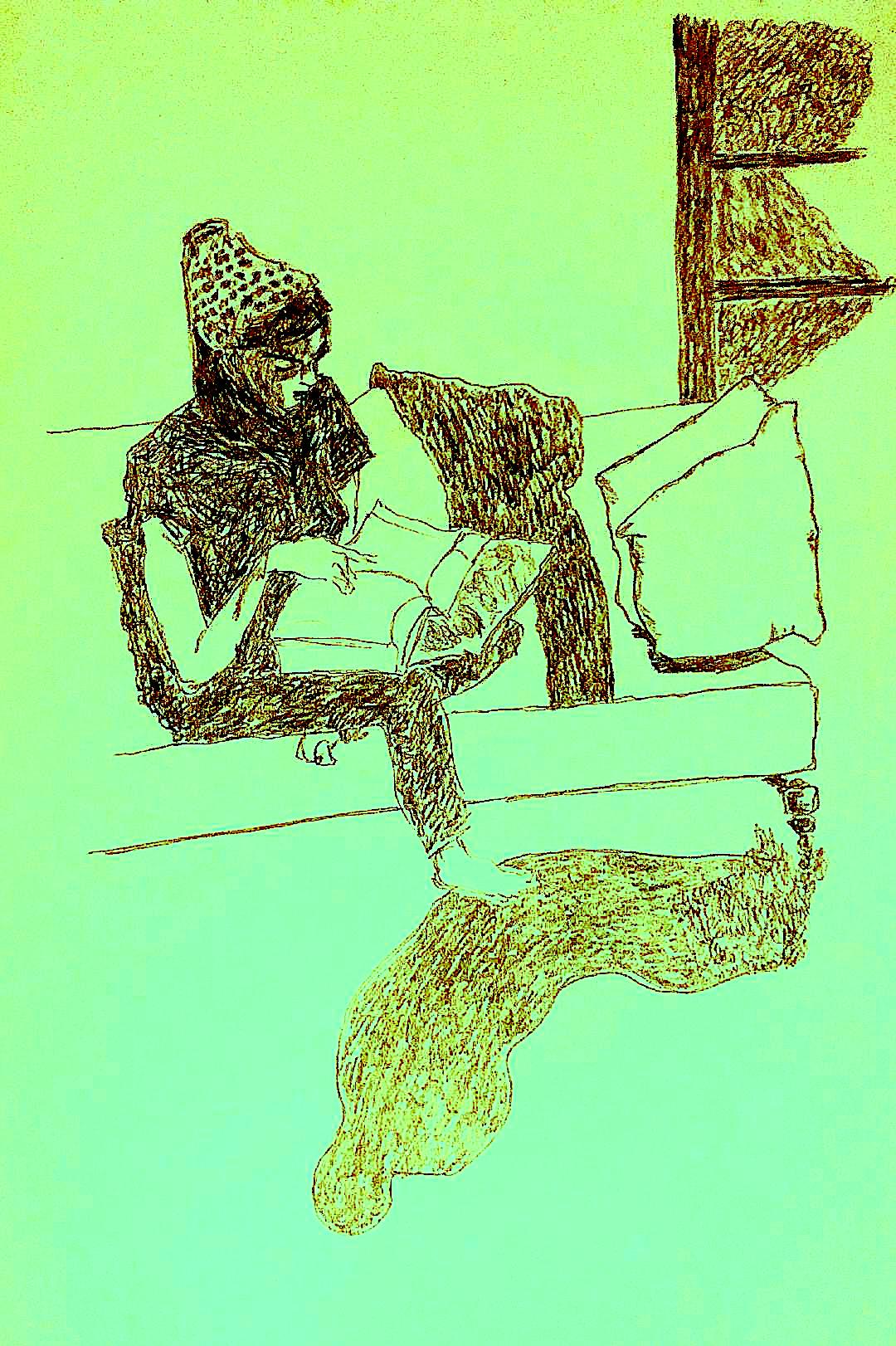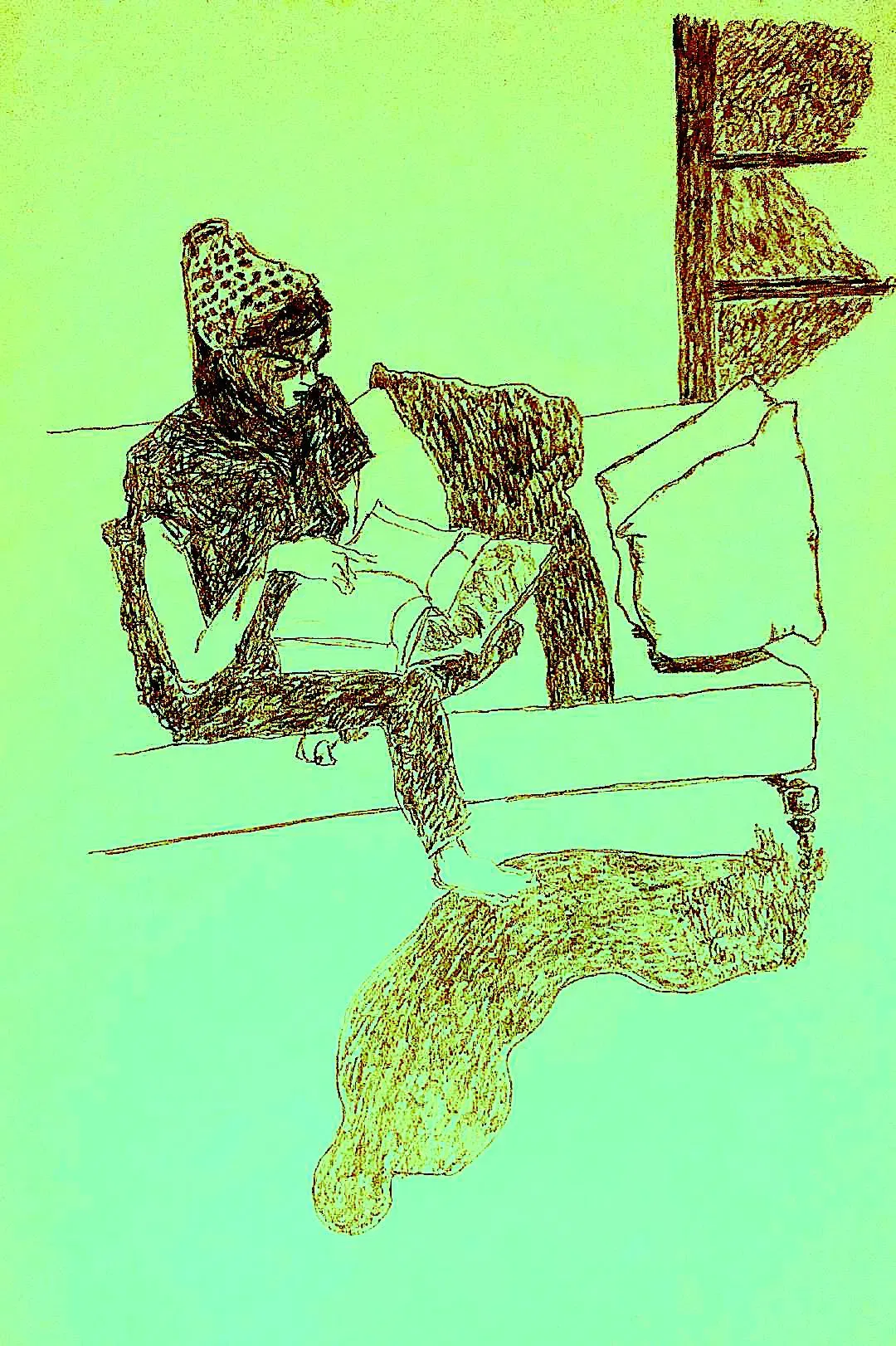Note on Philosophical Perspectives By Wilfred Sellars (3): Intentional Realism


The next essay is The Intentional Realism of Everett Hall. Sellars uses Hall to show how we can speak about the directedness of thought and perception without bringing in private sense data. Intentional means aboutness. A thought is about Paris, a fear is of dogs, a perception is as of a red bus. Hall’s realism says that this directedness can be real and irreducible, while the items our thoughts are about are usually ordinary things and their public properties. Sellars agrees, but he reshapes the view so that it fits with the rule that ontology follows best explanation.
You glance at a coat rack in dim light and for a moment you see it as a person. Nothing in the room changed. Your visual state was person directed, yet there was no person to be found. Hall’s move is to say that perception involves ascribing properties whether or not they are actually exemplified there and then. Your state ascribed person shaped features to the scene. It provided defeasible evidence that a person was present. When further inspection corrected the ascription, the directedness of the first state did not vanish as an illusion of a private item. It was a perfectly real state with a content that failed to match the world. This lets us explain error without building a second inner world. The error is a misfiring of a public classificatory practice, much like mislabelling a specimen in a lab.
A traffic example shows the same pattern. From a distance you take a green light to be on. You begin to cross. As you approach, you realise it is the pedestrian signal for the other direction. Your early perceptual state was green light directed. It ascribed green to the relevant lamp. Later evidence cancelled the ascription. On Hall’s way of speaking, the first state had intentional content that aimed at a public property, green, in a public setting. We do not need to posit a green image in the mind to explain why you started walking. We say instead that your visual system issued a content that normally tracks the world and sometimes fails.
Photographs help a non specialist fix the contrast between ascription and exemplification. A black and white photo of a ripe tomato ascribes shape and surface features in a way that fits the tomato. It does not exemplify redness on the paper. The print still carries content that is tomato directed. Likewise, a colour photograph taken under odd lighting may ascribe a brownish cast to a white wall. The content is still world directed even when the ascription fails. Our perceptual states work like that, with the difference that they are produced by living systems rather than cameras, and they feed into action and reasoning.Hall is a common sense realist. His target was the idea that we must appeal to private sense data to explain error, illusion, and the fine grain of experience. He tries to show that talk of ascription to public items is enough. He also holds that intentionality is basic and cannot be reduced to mere causal covariation. A thermometer reading covaries with temperature, yet the reading is about temperature because it stands in a practice of measurement. The aboutness depends on use. Sellars is sympathetic. He connects Hall’s point to his own picture of rule governed practices. We can say that perceptual and thought contents are real because they are roles within stable practices that explain action and learning. We do not need a second tier of private objects.
To see the force of this against the sense data view, take the Müller Lyer figure. The two lines look unequal although they measure the same length. A sense data theorist says that what we directly see are private lines in the mind that do differ in length, which explains the judgment. Hall and Sellars reply that our visual system issues an ascription of longer and shorter to a public drawing under a viewing condition that biases the ascription. The bias is systematic and can be measured, but there is no need to place unequal inner items between us and the page. The directedness of the experience is to the printed figure. The failure lies in the conditions under which the rule of length estimation is applied.
Think also of a weather app map. A single blue droplet icon can mean light rain over a large area. The icon does not contain rain. It ascribes rain to the region under rules that tie icons to radar and model outputs. If the radar echo is ground clutter, the app can ascribe rain where none falls. The representational role is clear and public. Hall’s talk of intentional realism is like that, but for perception and thought. Our neural systems issue contents that function as public icons with conditions of correctness. They can be right or wrong, and their rightness or wrongness is checked by the same world we act in and measure.Hall also stresses what he calls the categorio centric predicament. Each of us works within a set of basic categories that shape what we find obvious, such as thing, property, event, cause, reason, and value. We cannot step outside all categories at once and compare frameworks from nowhere. The best we can do is pick the scheme that fits both common sense and science. Sellars uses this to argue that treating intentionality as a real feature of our practices is not an optional gloss. It is required by the role contents play in explanation. If we drop it in favour of mere causal talk we lose the ability to mark correctness and error in the right places, for example in the oximeter that sometimes misreads nail varnish as low oxygen, and in the driver who sometimes misperceives a signal.
Perception of value gives another useful example. A nurse feels alarm at a patient’s sudden pallor. The emotion is about a possible danger. It ascribes a threat that may or may not be present. On Hall’s view, many emotions are intentional in this way. They provide defeasible evidence of values, dangers, or goods in the scene. Sellars does not need to follow Hall into every claim about value to use the model. The shared point is that intentional directedness is part of how explanations of human behaviour work. To understand why the nurse checks oxygen levels at once, we cite the content of her perception and feeling, not only the causes that produced them.
A final everyday pair brings out the gain of Hall’s approach for science friendly realism. In a cloud chamber we read a thin line as an electron track. The ascription is to a public particle with charge and mass. It is subject to checks by magnets, counters, and theory. In a dream we see a friend enter the room. The state is friend directed, but the practice of checking will unravel it. The same general story handles both success and failure. There is one world, one set of public properties, and one family of practices that issue and test ascriptions. The directedness of thought and perception is a real feature of those practices. It neither floats free of the world nor collapses into a private theatre.
So the lesson Sellars draws is plain. Keep intentionality in the picture as a real, irreducible dimension of our explanatory scheme. Tie it to public objects and properties by way of rule governed ascription. Explain error and illusion by failure of fit within that scheme, not by interposing private items. Doing so preserves common sense, serves scientific explanation, and readies us for the further tasks in Part Two, where abstract entities, classes, and analysis are treated with the same discipline.